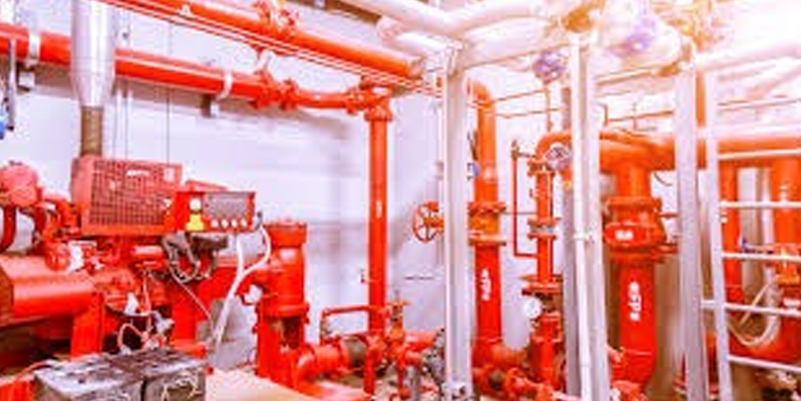

Fire Hydrant System : Applications and Advantages
In today’s world, where fire hazards pose significant risks to both life and property, having an efficient and well-designed Fire Hydrant System is not just a precaution — it's a necessity. Whether in residential buildings, commercial facilities, or industrial environments, fire hydrant systems serve as the first line of defense against fire emergencies. This blog explores the applications and advantages of fire hydrant systems, highlighting their importance in modern fire safety infrastructure.
What is a Fire Hydrant System?
Fire Hydrant System A Fire Hydrant System is a network of high-pressure water pipes, control valves, outlets, and accessories designed to provide firefighters with an immediate and reliable water source to combat fires. It is a critical component of a building's active fire protection system.
Key components include:
Hydrant valves (landing valves):
Fire hoses and nozzles
Fire pumps and water storage tanks
Hose reels and cabinets
Control panels and pressure gauges
Applications of Fire Hydrant Systems
Fire hydrant systems are widely implemented across various sectors due to their effectiveness and scalability. Here's where they are commonly used:
1. Residential Buildings: High-rise apartments and housing societies use fire hydrant systems to ensure that water is accessible on each floor during emergencies.
2. Commercial Establishments: Shopping malls, office complexes, hotels, hospitals, and educational institutions depend on fire hydrants to protect occupants and property.
3. Industrial Sites:Factories, chemical plants, warehouses, and manufacturing units utilize fire hydrant systems due to the high fire load and operational risks.
4.Public Infrastructure: Airports, railway stations, stadiums, and metro stations have hydrant systems to enable swift fire response in crowded environments.
5. Construction Sites: Temporary fire hydrants are installed at construction sites to mitigate the risk of fires during development phases.
Advantages of Fire Hydrant Systems
1.Immediate Water Supply: Fire hydrant systems deliver a high-pressure water supply instantly, helping to control or extinguish fires before they escalate.
2. Wide Coverage Area: Fire hydrant systems Hydrants can be placed strategically across a property to provide extensive fire protection, making them ideal for large facilities.
3. Ease of Use by Firefighters: Hydrant systems are compatible with standard firefighting equipment, ensuring seamless operation during emergencies, Fire hydrant systems
4. Durability and Reliability: Built to last with robust materials, these systems require minimal maintenance while offering maximum reliability.
5.Compliance with Fire Safety Norms: Installing a fire hydrant system ensures compliance with national and local fire safety regulations, which is crucial for occupancy and operational permits.
5.Supports Emergency Preparedness: With trained personnel and regular drills, a hydrant system can drastically reduce response time and improve overall emergency management.
Conclusion:
A Fire Hydrant System is a cornerstone of any effective fire protection plan. Its ability to deliver large volumes of water instantly makes it invaluable in protecting lives, property, and operations. Whether you're managing a residential complex or an industrial facility, investing in a robust hydrant system ensures you're prepared for the unexpected. For expert consultation, system design, and installation, always work with certified professionals who understand the critical importance of fire safety.
By implementing Fire hydrant systems in their facilities, industries can enhance their fire protection capabilities and minimize the impact of fire-related incidents.

Leave a comment
All fields marked with an asterisk (*) are required